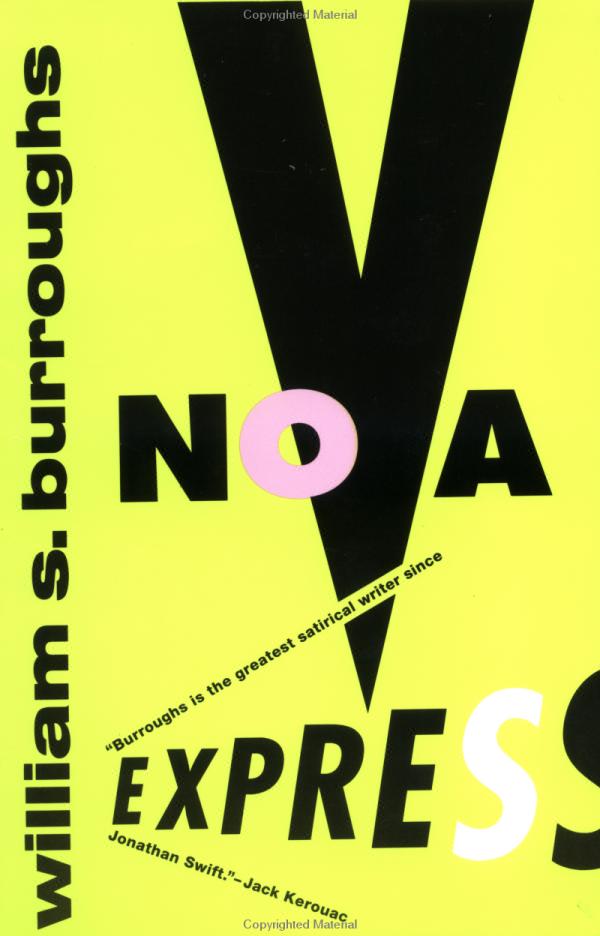
A Clockwork Orange
Book Description
In a not-so-distant future, a dazzling blend of dystopia and dark satire unfolds through the violent escapades of Alex, a teenage delinquent with a taste for classical music and chaos. As he navigates a world teetering on the brink of collapse, his fate takes a chilling turn when the state's brutal re-education program strips him of free will. Friendship, loyalty, and the very essence of humanity hang in the balance as Alex grapples with transformation and the cost of submission. Can one truly be reprogrammed without losing their soul?
Quick Book Summary
"A Clockwork Orange" by Anthony Burgess is set in a dystopian future where society is plagued by rampant youth violence and oppressive state control. The story follows Alex, a teenage sociopath with a passion for classical music who leads his gang in brutal crimes. Eventually apprehended, Alex becomes the subject of a psychological experiment, the Ludovico Technique, designed to eliminate his capacity for violence by conditioning him against violent impulses. The process strips Alex of his free will, raising profound questions about the nature of morality, the ethics of state intervention, and the role of free choice in humanity. Through Alex's harrowing journey, Burgess explores the boundaries between good and evil, individuality and authoritarianism, and the essential value of human agency.
Summary of Key Ideas
Table of Contents
Free Will versus State Control
The novel introduces Alex as the charismatic yet ruthless leader of a gang in a bleak, near-future society. Along with his friends—his "droogs"—Alex perpetrates violent crimes, including theft, assault, and sexual violence. Burgess immerses readers in this world with inventive slang and a chilling sense of detachment, spotlighting Alex’s paradoxical appreciation for Beethoven and the juxtaposition of beauty and brutality. The opening chapters expose the pervasiveness of youth delinquency and the seeming helplessness of authorities, establishing the dystopian setting and Alex’s complex character.
Violence and Its Consequences
Alex’s reign is cut short when he is betrayed by his gang during a robbery gone wrong. Captured by the police, Alex endures a harsh and dehumanizing legal process. He is eventually selected as a test subject for the Ludovico Technique, a state-sponsored psychological treatment intended to "cure" criminal tendencies. The Ludovico Technique forces Alex to associate violence and even his beloved classical music with intense nausea and distress. This section explores the theme of free will versus state control, as the government’s intervention eradicates Alex’s ability to choose between good and evil, raising ethical dilemmas about the nature of true morality.
The Loss and Reclamation of Humanity
Once released, Alex finds himself vulnerable and powerless, unable to defend against both physical threats and the manipulative media. He is exploited by former victims, betrayed by past friends, and haunted by psychological torment. The loss of his capacity for violence does not reintegrate him into society; instead, it isolates him further and makes him a tool for various political factions. This period in Alex’s life highlights the failures of simplistic rehabilitative policies and depicts the ongoing cycle of victimization.
The Role of Art and Aesthetic Experience
Throughout the narrative, art and aesthetic experiences play a crucial role. Alex’s passionate love for music, specifically Beethoven, contrasts sharply with his taste for mayhem. After the Ludovico Technique, even music becomes a source of agony, depriving Alex of joy and identity. This conflict underscores Burgess’s meditation on the complexities of human nature, the relationship between beauty and evil, and the unintended consequences of eradicating undesirable behaviors through coercion.
Satire of Societal and Political Systems
The novel concludes with Alex’s contemplation of his past and a longing for something beyond violence. As he imagines a future with a family and a purpose, Burgess leaves readers with questions about redemption, the potential for change, and the moral cost of absolute state power. While the ending differs across editions, Burgess’s work remains a provocative exploration of free will, social engineering, and the enduring tension between individual agency and institutional control.
Download This Summary
Get a free PDF of this summary instantly — no email required.





